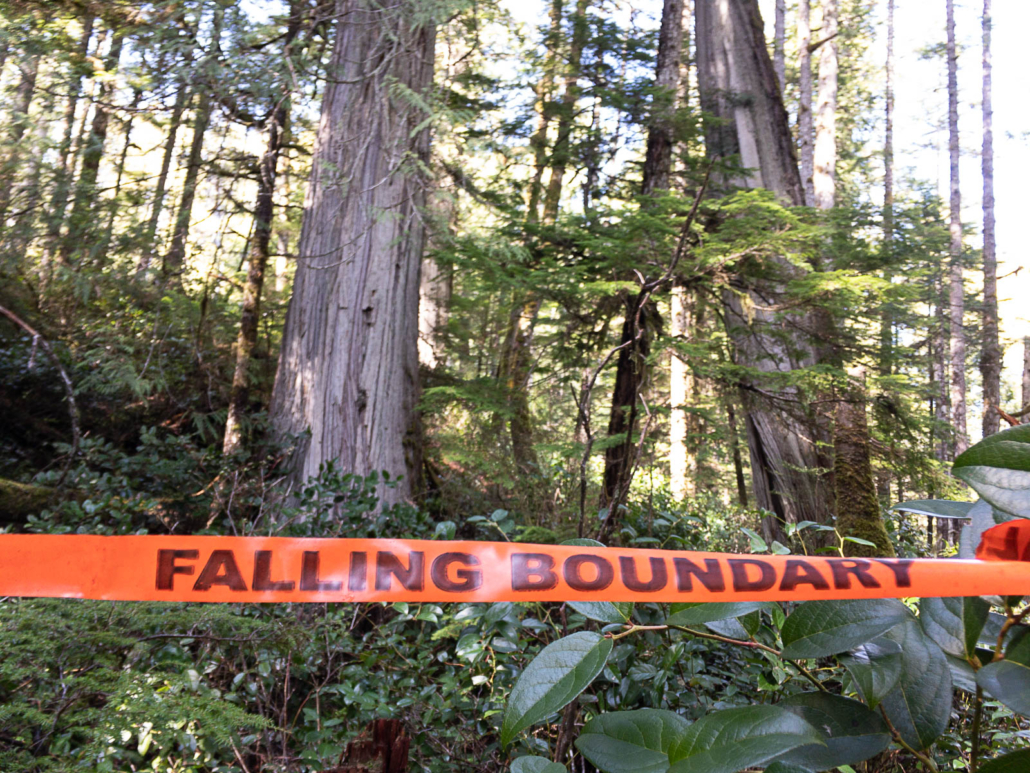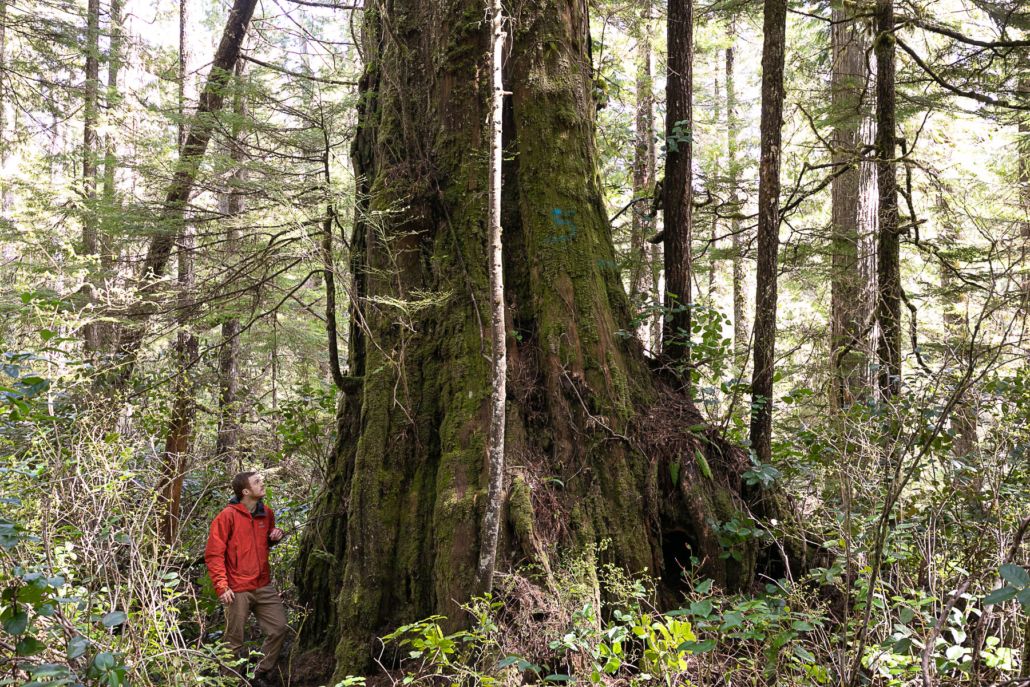Conservationists and Port Renfrew Business Community Welcome Postponement of Old-Growth Logging Plans near Juan de Fuca Provincial Park

Victoria, BC – Conservationists with the Ancient Forest Alliance and members of the Port Renfrew business community are welcoming the postponement of BC Timber Sales’ plans to auction off 109 hectares of old-growth forest for logging next to Juan de Fuca Provincial Park in Pacheedaht territory on Vancouver Island.
The timber sale auction, which was scheduled to end this Friday, would have seen seven cutblocks, totalling 55,346 cubic metres of old-growth forest, logged next to one of the most spectacular sections of the Juan de Fuca Marine Trail with two cutblocks coming to within 50 metres of the park boundary.
BC Timber Sales, the BC government’s logging agency, advised members of the Port Renfrew Chamber of Commerce yesterday that the timber sale auction had been removed. While there is currently no indication that the BC government are adding any additional protections for the area, the news was welcomed by conservationists and local business representatives alike.
“We appreciate this positive shift and thank Premier John Horgan, the MLA for Langford-Juan de Fuca, and Forests Minister Doug Donaldson for listening to the Port Renfrew business community and the thousands of British Columbians who have spoken up for the protection of this important area,” stated Ancient Forest Alliance campaigner Andrea Inness. “But there is still a lot of uncertainty around the fate of this ancient forest. We hope to see the BC government cancel the timber sale outright and protect the forest in an Old Growth Management Area or, ideally, as an addition to the provincial park.”
“The Port Renfrew Chamber of Commerce is very encouraged by the news that the province has postponed the auction of the 109 hectares which border our community and the Juan de Fuca Marine Trail,” stated Port Renfrew Chamber of Commerce President Dan Hager. “We remain hopeful that the absence of notice of a future auction date will mean this old-growth forest will be allowed to remain standing for the foreseeable future.”
“We are mindful there are members of our business community and communities of Port Renfrew and the Pacheedaht Nation who could’ve potentially benefited from the short-term economic activity of this timber sale. However, we have learned from our Avatar Grove experience that the long-term economic benefits of tall tree tourism are substantially greater than the comparatively brief economic activity created by old-growth logging.”
Jon Cash, the owner of Soule Creek Lodge, was particularly concerned due to expected adverse impacts of the proposal which included the construction of 10 kilometres of new road and logging to within 500 metres of his property. Cash is staunchly opposed to the clearcutting of old-growth forests next to his business and Juan de Fuca Provincial Park, one of the region’s biggest tourist draws, and has been outspoken in his opposition to the logging plans due to potential damage to Renfrew’s reputation as eco-tourism destination.

“Over 79% of the original productive old-growth forests on Vancouver Island have been logged, including well over 90% of the valley bottoms where the largest trees grow.” stated Ancient Forest Alliance campaigner TJ Watt. “Some of the finest, endangered old-growth stands that still remain are found in the Port Renfrew region, and, if protected, will continue to draw visitors in from around the globe, helping the environment and bolstering the local economy for generations to come.”
“As former resource-based communities like Port Renfrew work to diversity their economies toward more sustainable approaches, the BC government should be supporting and facilitating these efforts and ensuring the benefits of old-growth forest protection are reaped by all community members,” stated Inness.
“To this end, we’re calling on the BC government to support the sustainable development and economic diversification of rural and First Nations communities and to legally recognize, support, and help finance the creation of Indigenous Protected and Conserved Areas like Tribal Parks.”
The Ancient Forest Alliance, along with other conservation groups, are also calling on the BC government to develop a comprehensive, science-based plan protect BC’s endangered old-growth forests and ensure a sustainable, value-added, second-growth forest industry. While such long-term solutions for old-growth forests are developed, the BC government must place and immediate halt on logging in old-growth ‘hotspots’ of high conservation and recreational value to ensure the best of what remains of BC’s ancient forests are protected.
Background information:
Old growth forests are integral to British Columbia for ensuring the protection of endangered species, climate stability, tourism, clean water, wild salmon, and the cultures of many First Nations. Only about 8% of Vancouver Island’s original productive old growth forests are protected in parks and Old Growth Management Areas.
Due to the popularity of nearby old-growth forests for large numbers of visitors from across the world, the former logging town of Port Renfrew has rebranded itself in recent years as the “Tall Trees Capital of Canada.” Port Renfrew boasts access not only to the popular West Coast and Juan de Fuca trails, but also some of BC’s most popular ancient forest destinations including Avatar Grove, the Central Walbran Valley, Big Lonely Doug (Canada’s 2nd largest Douglas-fir), the Red Creek Fir (the world’s largest Douglas-fir), the San Juan Spruce (previously Canada’s largest Sitka spruce until the top broke off in 2017), Eden Grove, and Jurassic Grove. These ancient forests and trees attract hundreds of thousands of tourists from around the world, strengthening the economy of southern Vancouver Island.

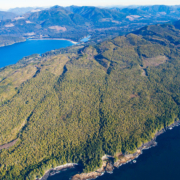

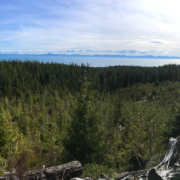
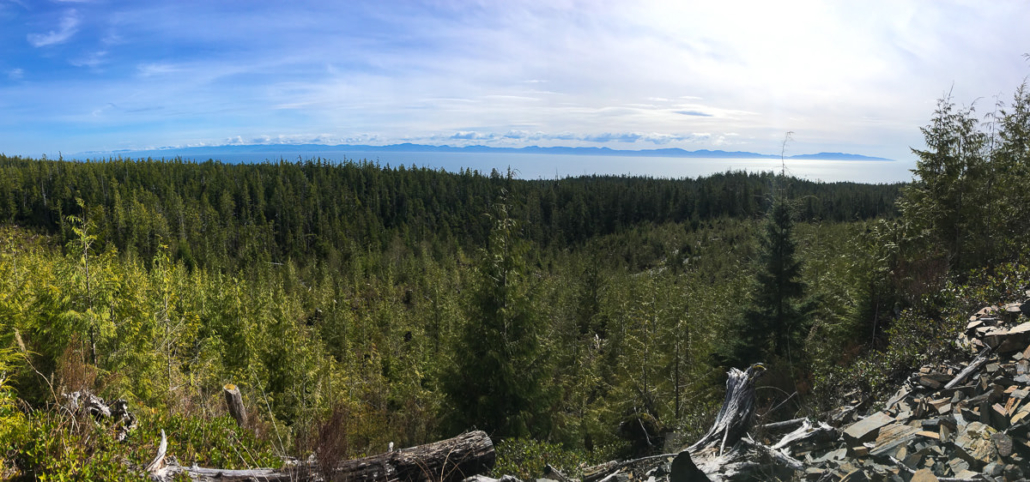
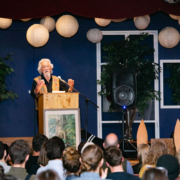
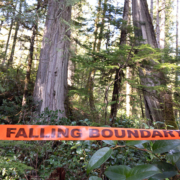
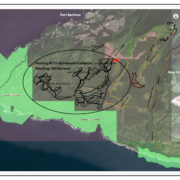

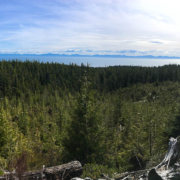
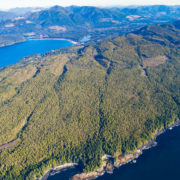
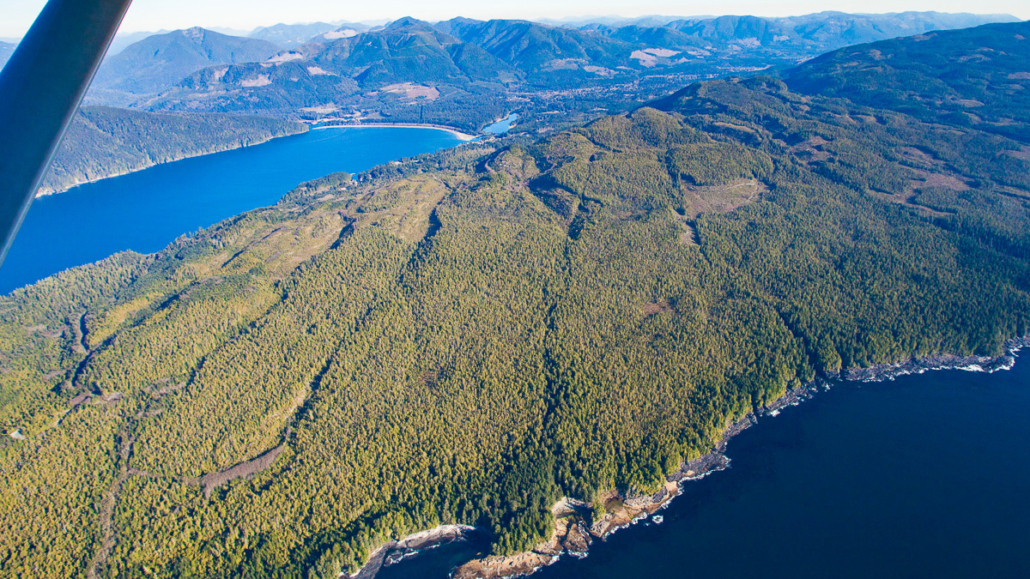 An aerial photo of the old-growth forests where B.C. Timber Sales has seven pending cutblocks totalling 109 hectares. Juan de Fuca Provincial Park is along the coast and the town of Port Renfrew in the background.
An aerial photo of the old-growth forests where B.C. Timber Sales has seven pending cutblocks totalling 109 hectares. Juan de Fuca Provincial Park is along the coast and the town of Port Renfrew in the background.